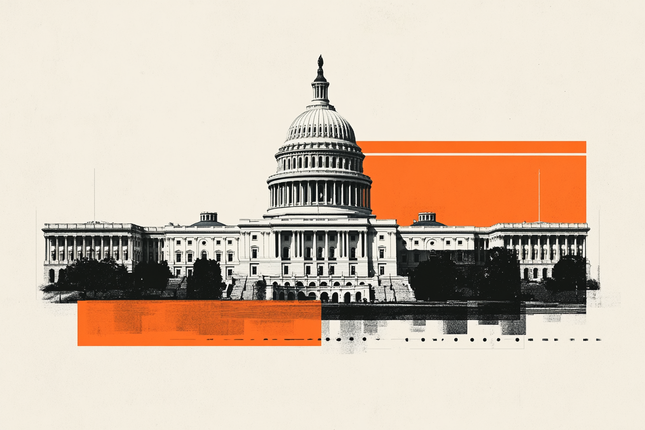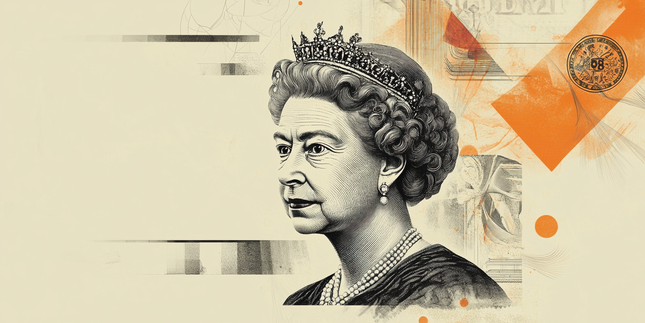-
Opps!
This language contents are not available!

AUD/USD soars as Fed cuts rates by 50 bps
- AUD/USD soared near 0.6800 after the Fed's larger than expected cut.
- The Fed signalled three additional cuts in 2024.
- Unemployment projections where revised higher
The AUD/USD pair surged towards the 0.6800 level following the Federal Reserve's unexpected decision to cut interest rates by 50 basis points, surpassing the anticipated 25 basis points reduction. This aggressive monetary easing reflects the Fed's strengthened confidence in achieving its 2% inflation target, as the Federal Open Market Committee (FOMC) acknowledges that inflation is making substantial progress while remaining somewhat elevated.
Looking ahead, the Fed has indicated the possibility of two to three additional 25 basis point rate cuts in the upcoming meetings of 2024, underscoring the committee's cautious stance amidst an uncertain economic outlook. The FOMC remains vigilant to risks on both sides of its dual mandate, carefully assessing incoming data and the evolving balance of risks before making further adjustments.
While unemployment projections have slightly risen, the overall message from the FOMC is one of confidence and careful optimism, as they strive to maintain economic stability and ensure that inflation trends sustainably towards their long-term objective.
Fed FAQs
Monetary policy in the US is shaped by the Federal Reserve (Fed). The Fed has two mandates: to achieve price stability and foster full employment. Its primary tool to achieve these goals is by adjusting interest rates. When prices are rising too quickly and inflation is above the Fed’s 2% target, it raises interest rates, increasing borrowing costs throughout the economy. This results in a stronger US Dollar (USD) as it makes the US a more attractive place for international investors to park their money. When inflation falls below 2% or the Unemployment Rate is too high, the Fed may lower interest rates to encourage borrowing, which weighs on the Greenback.
The Federal Reserve (Fed) holds eight policy meetings a year, where the Federal Open Market Committee (FOMC) assesses economic conditions and makes monetary policy decisions. The FOMC is attended by twelve Fed officials – the seven members of the Board of Governors, the president of the Federal Reserve Bank of New York, and four of the remaining eleven regional Reserve Bank presidents, who serve one-year terms on a rotating basis.
In extreme situations, the Federal Reserve may resort to a policy named Quantitative Easing (QE). QE is the process by which the Fed substantially increases the flow of credit in a stuck financial system. It is a non-standard policy measure used during crises or when inflation is extremely low. It was the Fed’s weapon of choice during the Great Financial Crisis in 2008. It involves the Fed printing more Dollars and using them to buy high grade bonds from financial institutions. QE usually weakens the US Dollar.
Quantitative tightening (QT) is the reverse process of QE, whereby the Federal Reserve stops buying bonds from financial institutions and does not reinvest the principal from the bonds it holds maturing, to purchase new bonds. It is usually positive for the value of the US Dollar.
Forex News
Keep up with the financial markets, know what's happening and what is affecting the markets with our latest market updates. Analyze market movers, trends and build your trading strategies accordingly.




















